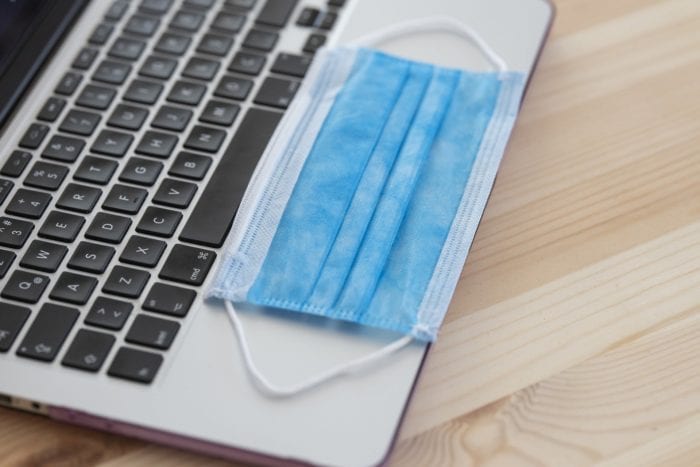ADA and 508 Accessible Documents Matter During COVID-19

The Current Normal for Most Americans During COVID-19
Zoom meetings and telecommuting are filling our days. Some of us are trying to balance working from home while homeschooling our children. States are asking us to shelter in place and only go out for essentials. So, it’s easy for businesses to overlook some aspects of legal compliance during times of uncertainty and upheaval. However, right now more people rely on accessible documents and communication than ever before.
“New Normal” During COVID-19
There is little data to show what is occurring right now in households across America. So, I’ll share what is happening with my parents.
My mom and stepdad recently moved into an independent living facility. It’s an active community, centrally located, with what seems like endless amenities. They have access to free transportation, delicious dining options, entertainment, an onsite pub, swimming pool, a fitness center, a beauty shop, and extra care should the need arise. This is the perfect place for them to live out their golden years, which seems to be busier than my life. They can access what they need when they need it and still live an active life; until COVID-19.
Due to COVID-19, they are part of the community that is on a complete Shelter-in-Place order, 24/7. This order means no one can come in and they cannot leave. So there is no one to help them sort through their mail. There is no one to read their bills or important documents. When they want to order necessities, they rely on ADA compliant websites with accessible attachments.
You see, my mom has been blind for over fifty years, and my stepdad is going on almost a decade of being legally blind. The CDC estimates that there are 12 million people, like my parents, who are over the age of 40 in the United States living with blindness or significant visual disability.
Managing During COVID-19 When You have a Visual Disability
Some people read braille, others use a magnifier to access large print documents, and even more people rely on a screen reader to access digital information. My parents, like many people with visual disabilities, often have someone come in to help them organize their mail. They know, legally, businesses must provide all communication in an accessible format. They have requested accessible documents, but they have also decided to “pick their battles.” The past few months have made the battle worth picking. As many people shelter-in-place, finding someone to help with sorting the mail is nearly impossible.
Thankfully, many banks are accessible online, and some also provide braille and large print statements. So, people like my parents can check their accounts, pay their bills, verify activity, manage their investments, and maintain financial independence. But not everyone with a visual disability is that lucky.

Challenges People with Visual Impairments Face During COVID-19
Like everyone, life is still moving forward, albeit slower than usual. There are medical appointments to keep, self-care to manage, and bills to pay. However, for several Americans, many of these activities will need to wait. Not because they lack the ability to schedule or pay, but because accessible documents and websites are not available.
The other day my mom’s doctor emailed some orders, but the document was an inaccessible PDF. The doctor’s office called a little upset with my mom for not following the orders as written; which included scheduling a blood draw ASAP. My mom explained that the document was not in a format that she could read or access. When she asked what these tests and an upcoming appointment were for, she was told, “The doctor will tell you when she sees you.”
All I could think as she told me this news was the liability on the side of the healthcare provider. And, ultimately, concern for my mom’s health and safety with the provider. Medical providers must follow the Americans with Disabilities Act and the Affordable Healthcare Act. And both laws require effective communication for patients, especially those who are visually disabled. However, this isn’t just a problem during COVID-19; it’s a blatant disregard for people with disabilities that’s ongoing.
The Time For Accessibility Compliance is NOW
Now, more than ever, healthcare organizations, medical labs, insurance companies, and others need to be in compliance with federal and local laws for Americans with disabilities. It is in times like these that we can see why equal access to information and communication is vital to the independence and safety of millions of Americans.


